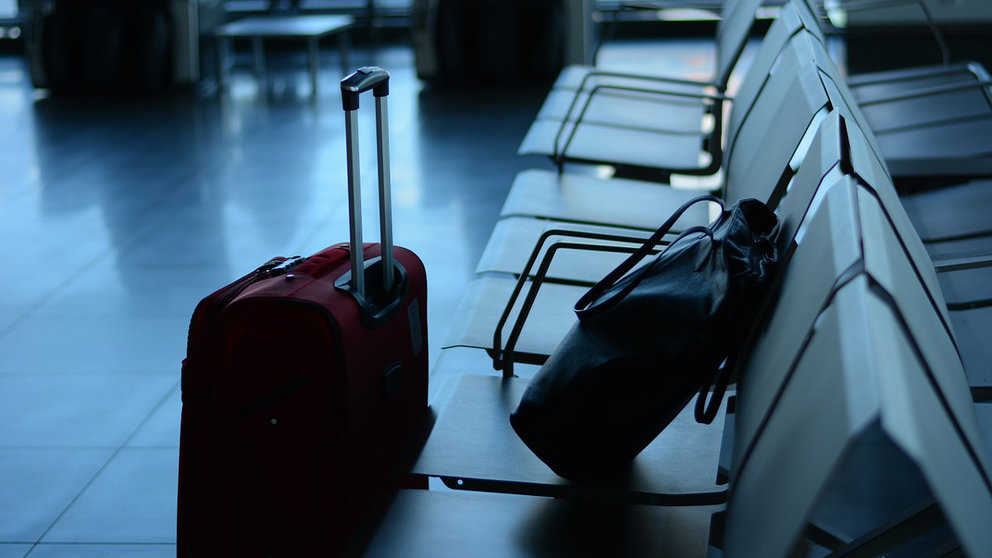The agony of the Finnish aviation industry sharpened in autumn and the whole sector, comprising both airlines and airports, is on track for a disastrous Christmas campaign.
"The situation at Finavia’s airports is worsening," said the Finnish state-owned airport operator last week in a press release.
Finavia's most recent air traffic statistics back this pessimism: in October the number of passengers was 91% lower than the same month last year. The number of flights declined by 77% and freight volume by 51%.
“The situation is of grave concern at Helsinki Airport, which depends heavily on international transfer traffic and also plays an important role in the success of Finavia’s regional airports. The number of transfer passengers declined by 95% compared to last year,” says Kimmo Mäki, CEO of Finavia.
It is a fact that the success of Helsinki Airport also benefits Finavia's regional airports. If things go well, Helsinki generates business for the rest of the airfields, But the problem is that when business in Helsinki is dying as it is now, the rest of the airports could also collapse.
Before the Coronavirus pandemic, Helsinki offered Northern Europe’s best onward connections to destinations around the world, and "Helsinki airport's revenues made it possible to maintain low-traffic network airports," the airport operator explains.
“When international traffic at Helsinki Airport is at a standstill, traffic at the regional airports is also dramatically reduced," Mäki notes.
Transfer airports global competition
Another major problem is the fall of travelers in transit.
Finavia has systematically sought to establish a leading position for Helsinki Airport in the international competition between transfer airports. The Helsinki Airport Development Programme supports the success of Finavia’s entire airport network and also contributes to the Finnish economy, as each transfer passenger brings in income and helps maintain thousands of jobs.
“We decided to continue our investment programme in spite of the financial difficulties caused by the Covid-19 crisis because we want to be ready when the virus is under control and the world reopens. Completing the Helsinki Airport Development Programme may give us an advantage over our competitors,” Mäki explains.
In 2019, half of the just under 22 million passengers who travelled through Helsinki Airport were foreign travellers, with Finnish passengers representing the other half.
International transfer passengers accounted for a significant proportion of the total. All told, some 26 million passengers travelled through Finavia’s airports last year. This year, the total number of passengers is predicted to be approximately a quarter of the previous year’s total.
Job cuts
As long as the world does not reopen, the situation has little sign of improving and the destruction of jobs continues.
By the end of October, Finavia and its ground and passenger services subsidiary Airpro announced codetermination talks to cut 480 jobs and continue with the furloughs initiated in March. Employees have been laid off both part-time and full-time in both companies.
The company launched a savings program at the beginning of the pandemic. The aim is to save 200 million euros by 2023, of which staff reductions are a part.
One week before the company reported on its plan for job cuts, the government announced a budget allocation of 350 million euros to recapitalize Finavia.










